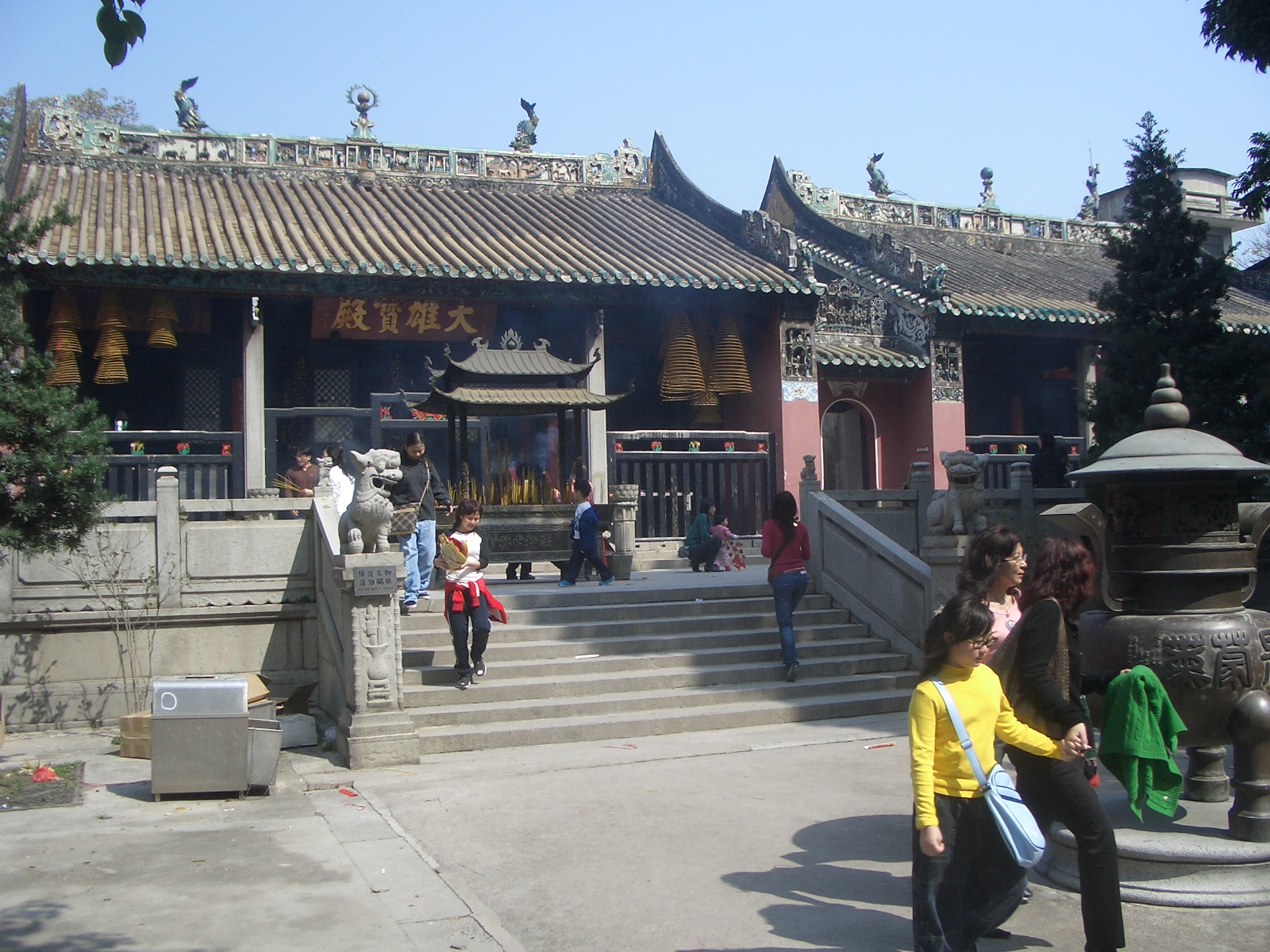Kun Iam Temple (Macau) 02 on:
[Wikipedia]
[Google]
[Amazon]
 The Kun Iam Temple (, ) is a temple in Nossa Senhora de Fátima,
The Kun Iam Temple (, ) is a temple in Nossa Senhora de Fátima,

Macau
Macau or Macao is a special administrative regions of China, special administrative region of the People's Republic of China (PRC). With a population of about people and a land area of , it is the most List of countries and dependencies by p ...
, China
China, officially the People's Republic of China (PRC), is a country in East Asia. With population of China, a population exceeding 1.4 billion, it is the list of countries by population (United Nations), second-most populous country after ...
. One of the three largest and richest Buddhist temples in Macau, its more official name is ''Pou Chai Sim Un'' (Pou Chai Temple, ). It is regarded as one of the oldest temples in Macau, it was founded in the 13th century to venerate Kun Iam, the Chinese representation of Avalokiteśvara
In Buddhism, Avalokiteśvara (meaning "the lord who looks down", International Phonetic Alphabet, IPA: ), also known as Lokeśvara ("Lord of the World") and Chenrezig (in Tibetan), is a Bodhisattva#Bhūmis (stages), tenth-level bodhisattva associ ...
, the Bodhisattva
In Buddhism, a bodhisattva is a person who has attained, or is striving towards, '' bodhi'' ('awakening', 'enlightenment') or Buddhahood. Often, the term specifically refers to a person who forgoes or delays personal nirvana or ''bodhi'' in ...
of Mercy.
Structure
The current buildings of the temple were built in 1627, as witnessed by a patio slab where it is written in Chinese: "Built in the seventh month of the seventh year of the reign of Emperor Tian Qi". The temple is located in Coronel Mesquita Avenue, in the Parish of Our Lady of Fatima, close to Mong Ha and Temples of Kun Iam Tchai and Seng Wong. The temple has a large entrance gate and roofs decorated with porcelain figures. Inside the temple, there are 3 main pavilions. These pavilions are dedicated, respectively, to the Precious Buddhas, the Buddha of Longevity and Kun Iam. In the third pavilion, statue of Kun Iam is dressed in embroidered silk and decorated with a crown. To the rear, are terraced gardens, and one of them contains a commemorative arch. There are calligraphy scrolls and Chinese painting inside the temple of famous authors such as, Qu Dajun. During World War II, the Chinese painter Gao Jianfu lived and taught in the temple. It was precisely at a stone table located in the gardens of the temple which was signed the first Sino-American Treaty on July 3, 1844 by theViceroy of Liangguang
The Viceroy of Liangguang, fully in Chinese as the Governor-General of Two Guang Provinces and Other Local Areas, in Charge of Military Affairs, Food and Wages and Governor Affairs, was one of eight regional Viceroys during the Ming and Qing d ...
Keying and the US Minister Plenipotentiary Caleb Cushing. This treaty is known as the " Sino-American Treaty of Mong Ha". Near the table, there are 4 older trees with intertwined branches, best known for "tree lovers" and that symbolise marital fidelity. Elsewhere in the garden there are a small pavilion that contains a marble statue of a monk, several sources in the form of miniature Chinese landscapes, groves of bamboo and small shrines to deceased monks.
The birthday of Kun Iam is celebrated on the 19th day of the second, sixth, ninth and eleventh lunar months.
See also
References